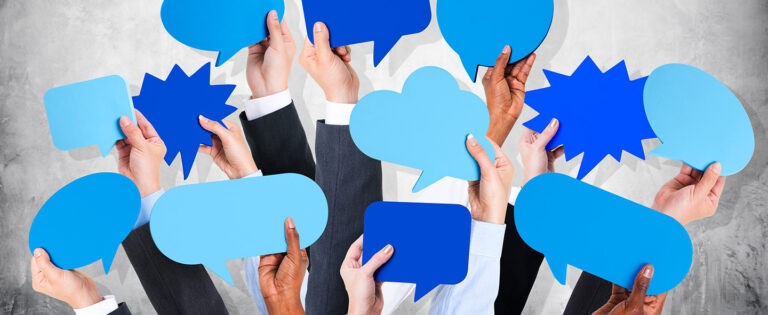
Are you reaching and engaging all of the potential voters in your local government’s jurisdiction?
The answer, unfortunately, is probably “no.”
Local and primary elections, which often take place in odd years, suffer from abysmal turnout. Some cities consider it a success if just one in four eligible voters show up at their polling places. Such low rates are bad in a democracy, but solving the issue can sometimes seem daunting. That’s why Granicus hosted a webinar on that very topic yesterday called “Understanding and Engaging Your Voters.” Below are some of the takeaways.
More than half of all eligible voters are Gen X or Millennials. But many public sector organizations are still communicating with citizens with methods they’ve used since Baby Boomers came of age.
The modern citizen engages with government differently, so if those methods and channels aren’t be utilized, government ends up with a huge segment of the population left in the dark, as well as having their work only scrutinized around elections.
“The goal is end-to-end engagement with citizens, not just spikes from time to time around elections,” said Madeline O’Phelan, Granicus’ Director of Marketing Communications.
That means finding out which platforms your citizens use and what their preferred style of communication is, whether that’s email, text alert, social media or something else entirely. Once you know where to find them and what to say, it’s easier to get them involved more frequently.
Government might have plenty of lawmaking and policy power, but it doesn’t have a monopoly on eyeballs. Inboxes are flooded with marketing emails, text alerts are buzzing people’s pockets and every app wants to notify you of something. That doesn’t include other distractions like Netflix,
And as the distractions increase, the competition is fiercely fighting for ever-smaller slices of people’s time. These companies are targeting their messages with personalization so a person is more likely to open that email, text, or app. If government blasts out a bland email lacking any personalization, it’s likely to stay unopened.
“Generic, one-size-fits-all messaging just doesn’t cut it anymore,” said Matt Nitkoski, Business Development Team Lead at Granicus.
He recommends casting a wide net initially and continually refining messaging, targeting groups with messaging as patterns emerge. Granicus’ GovDelivery Communications Cloud solution provides tools that let you dig into your audience analytics to make this task easier.
When people think engagement, they often assume it means reaching out to the intended audience in order to get them to reciprocate. But that’s only one part of the equation, Nitkoski said.
Getting your message out is outbound engagement, and it’s a great, proactive step for messaging. But equally important is inbound engagement – that is, the type of engagement that an organization provides when citizens come to them first.
One example of how to do this: Making sure your city’s website is up to date and easy to navigate. If a resident wants to pay a water bill, for instance, but they can’t find where to actually do that on the city website, they could become frustrated. This is a negative experience that might keep them from coming back to the website where other important information might be shared, resulting in less engagement and perhaps being less likely to show up at the voting booth.
As the Director of Digital Media for the Office of Gov. Mark Dayton in Minnesota, Katherine Lindemann knows about the ins and outs of citizen engagement. When she joined the team several years ago, it was already clear that Dayton wouldn’t be running for another term. But he wanted to make sure that citizens still understood why they elected him and the decisions his office was making.
“Constituents are most engaged with politics and government during election season,” Lindemann said. “So the challenge … was how we engage with our constituents every day of the year.”
One way to do that was through digital channels. The governor’s office already had a robust following on Facebook and other social media channels. The audience was overwhelmingly older women—an important demographic, since they are the single-most-likely group to vote. But Lindemann wanted to expand beyond that to reach more people.
“Online media is the art of distraction,” she said. “I imagine someone scrolling endlessly through their social feed. How can we get them to stop and say ‘wow’ and get their attention?”
The methods she’s tried blend both the on- and offline world. The Digital Media team posts a lot of image-heavy posts that run the gamut from what Lindemann calls “vegetables” (posts about important things like opioid abuse) to “dessert” (award lists like Minnesota being named the “2nd Best State 2018”). When the governor hosts events throughout the state, the team tries to get involved. For instance, during a People of Color Career Fair or a Greater Minnesota water summit, they hosted town halls on Twitter and collected questions they could ask panelists.
The hard work seems to be paying off: Since she joined the team, Lindemann said they’ve tripled the number of Facebook and Twitter followers.
Want to learn more about how you can engage your voters every day? Get in touch with us to find out how we can help!